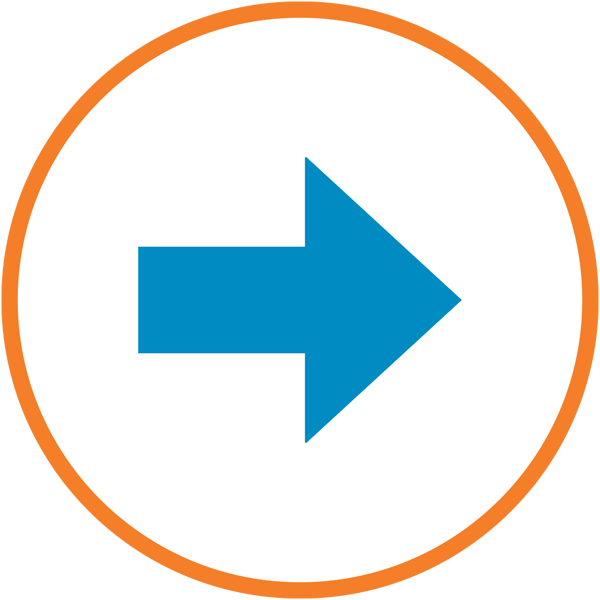Dean’s Advisory Council
Chris Berry ’87, president, Visionist Inc.
Scott Brighton ’89, P’23, CEO, Aurea
Dan Holton ’96, vice president of global supply chain, ExxonMobil Chemical
Amanda Shapiro ’14, healthcare packaging offering manager, Honeywell, Bucknell Engineering Alumni Association president
Dave Sobeck ’98, M’00, senior vice president, Carollo Engineers
Bucknell Engineering Alumni Association Board of Directors
Jill Baumbach ’14, civil engineering
Jayne Beckmann ’14, chemical engineering
Jordan Berger ’17, chemical engineering
Scott Bevan ’10, mechanical engineering
Janet Meyer Boyd ’81, P’17, mechanical engineering (executive committee member; membership & nominations committee chair)
Monica Brzozowski ’18, mechanical engineering
Laura Cook ’11, M’11, chemical engineering
Christina Garman ’11, computer science
Megan Grossman ’19, chemical engineering (executive committee member; student engagement committee chair)
Kellen Haile ’18, mechanical engineering
Marc Henry ’09, M’10, chemical engineering
Mark Horvath ’13, computer engineering
Nancy Ingabire Abayo ’19, civil engineering
Meredith Menzel Jones ’13, civil engineering
Rick Kleinert ’74, electrical engineering
Joe LaBarca ’76, P’07, chemical engineering
Jessica Brito Litten ’16, biomedical engineering
Forrest Lysinger ’00, M’06, mechanical engineering
Anthony Mariniello ’90, P’25, chemical engineering (executive committee member; president-elect)
David Metcalf ’77, civil engineering
Megan Munter ’21, electrical engineering
Darryl Novak ’63, mechanical engineering
Winnie Okello ’10, civil engineering (executive committee member; communications committee chair)
Helen Reetz ’78, civil engineering (executive committee member; alumni engagement committee chair)
Jeff Rockwell ’07, computer science (at-large executive committee member)
Christa Rotolo ’11, civil engineering
Stephanie Diegel Saravia ’11, electrical engineering
Amanda Shapiro ’14, chemical engineering (executive committee member; president)
Erin Threet ’06, civil engineering
John Venarchick ’00, electrical engineering
Aditi Vijayvergia ’21, M’23, electrical engineering
Nancy Wang ’16, chemical engineering
Kat Wiley ’14, chemical engineering
Ezra Yarnell ’98, M’00, civil engineering
am in my second year as the Richard E. Garman Dean of Engineering at Bucknell, and I can’t be any more impressed with and proud of the amazing talent in our college community.
As we constantly work to keep Bucknell’s College of Engineering one of the premier engineering programs in the country with an unwavering commitment to a student-first approach, we are guided by a robust strategic plan that includes four goals:
- ENHANCE OUR ENGINEERING EDUCATIONAL EXPERIENCE
- FOSTER A DIVERSE, INCLUSIVE AND EQUITABLE ENVIRONMENT FOR ALL
- CHAMPION OUR DISTINCTIVE IDENTITY
- FORTIFY EXISTING CONNECTIONS AND CULTIVATE NEW ONES
The pages that follow demonstrate how these goals are helping us provide a unique and fulfilling experience for our 700+ students and more than 100 faculty and staff while also enhancing the value of the Bucknell degrees held by our alumni.
Much of my pre-Bucknell career was spent at an institution with a robust graduate program. Upon arriving at Bucknell, I quickly learned that our undergraduates are on par with graduate-level engineers at many other institutions. When observing project outcomes and talking with our students, I often need to remind myself that they are undergraduates — their skill level says otherwise.
I’m especially proud of the many opportunities we make available to these talented students. From the revamped ENGR 100 first-year course to our capstone senior design experience, from our community-building programs that quickly immerse students in meaningful aspects of campus life to the invigorating camaraderie and pride on display each February during E-Week, each initiative serves the greater mission of enhancing the excellence of our college.

Richard E. Garman Dean of the College of Engineering
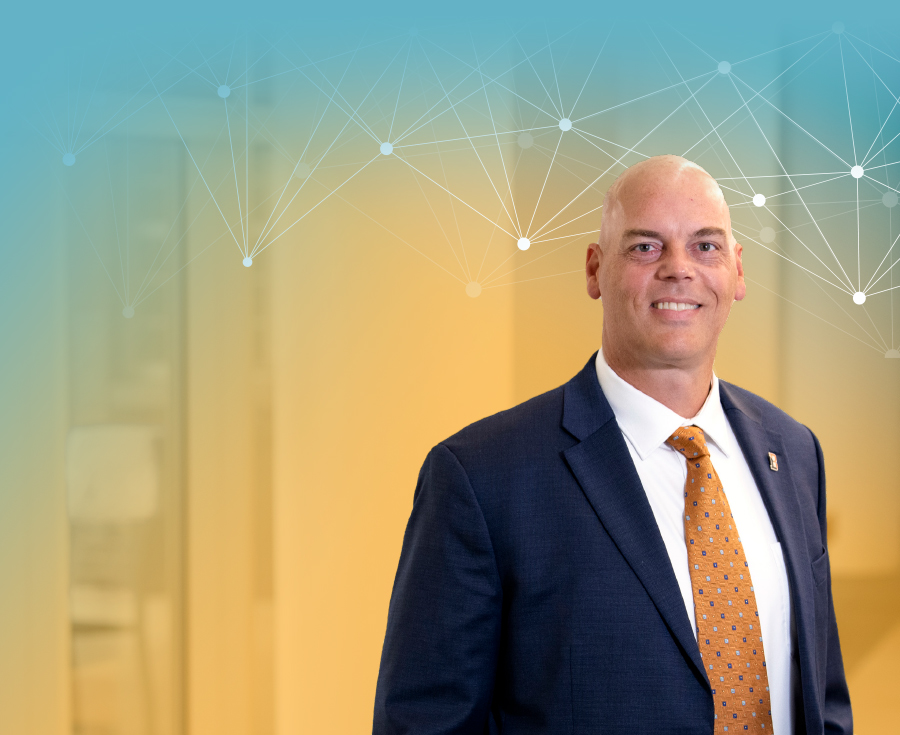
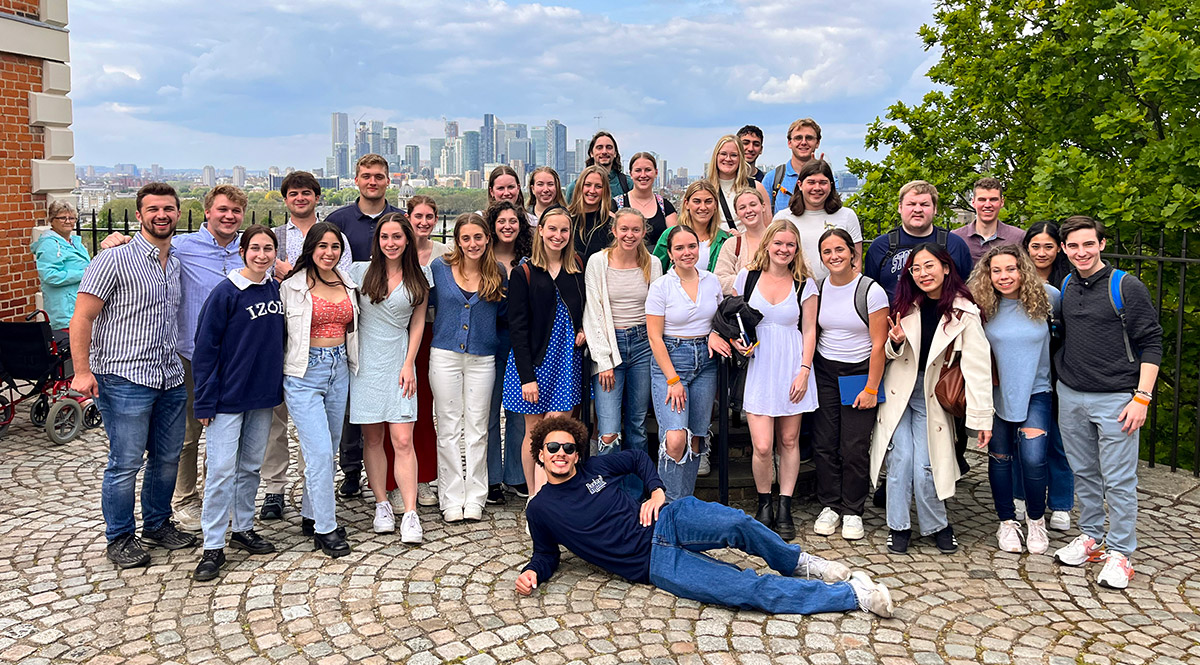
Expanding Borders
Bucknell offers an innovative solution. Engineering in a Global & Societal Context (ENGR 290) is a three-week program that has been specifically designed to give engineering students a study abroad experience without interrupting their academic schedule.
After a three-year hiatus due to the COVID-19 pandemic, ENGR 290 resumed in May 2023. Thirty-six engineering students traveled to London and Dublin where they studied how to engineer systems for healthy living, health policy and economics with a focus on environmental and cultural impacts.
“The itinerary included industry site visits that were interwoven with lectures, presentations and field trips that gave students a social and historical context of the host country,” says Associate Dean for Students and Strategic Initiatives Terri Norton. “The result was an immersive experience that enabled students to develop intellectual maturity, informed by an understanding of different cultures and diverse perspectives.”
Major Grants
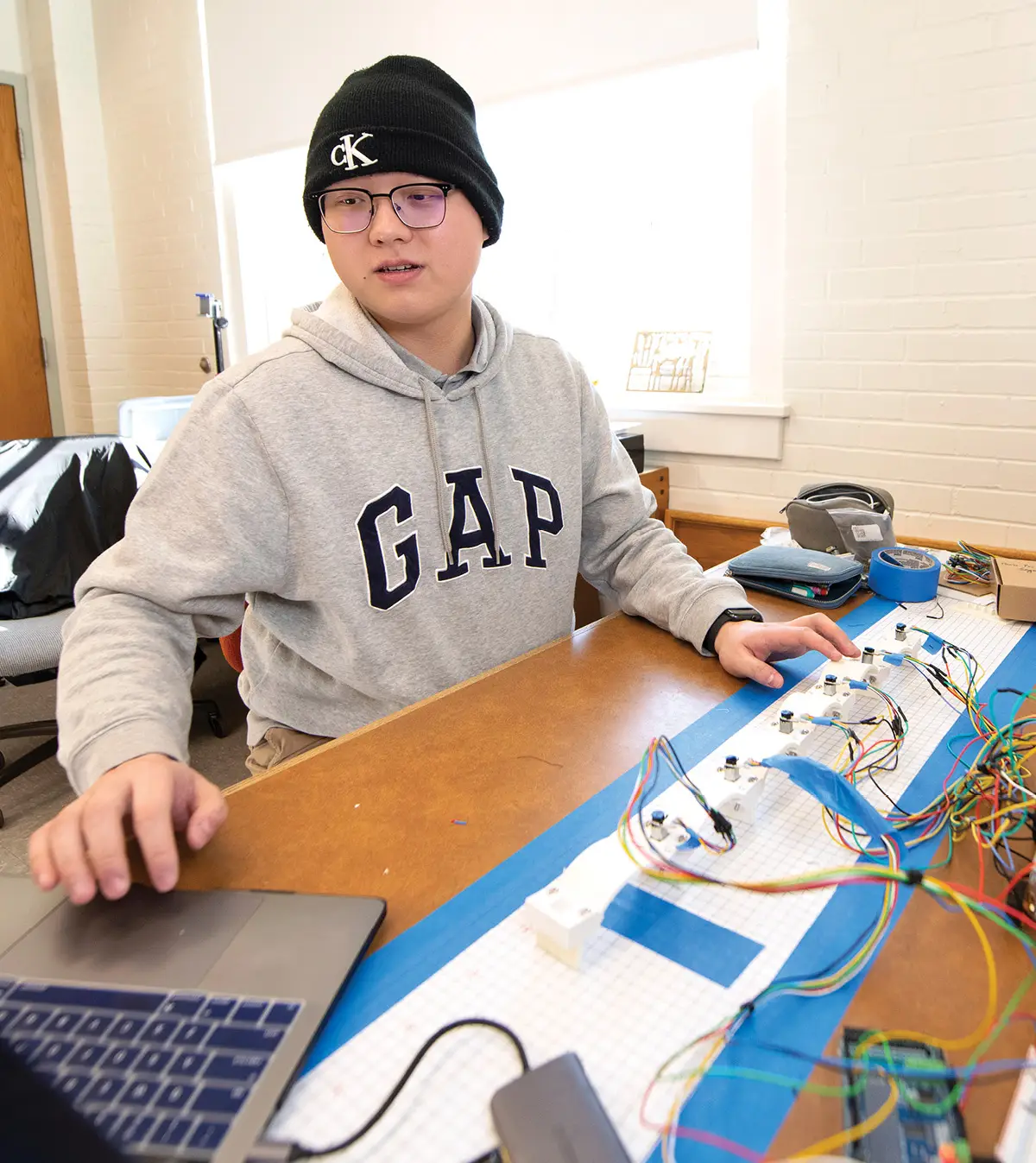
Powerful
POTENTIAL
“We’re right at the early stages of creating mechanisms,” says Scott. “We’re figuring out how they can work and discovering their potential.”
Scott’s collaborators include Caiden Covell ’25 and Harry Shi ’24 (above), both mechanical engineering majors who are exploring different applications of the experimental field and doing research that could open up ways for soft robotics to interface with highly unpredictable environments — like uncharted ocean depths, dense jungles or rugged terrain.
“They run with ideas and come up with solutions I would’ve never thought of,” Scott says. “It’s all really fun.”
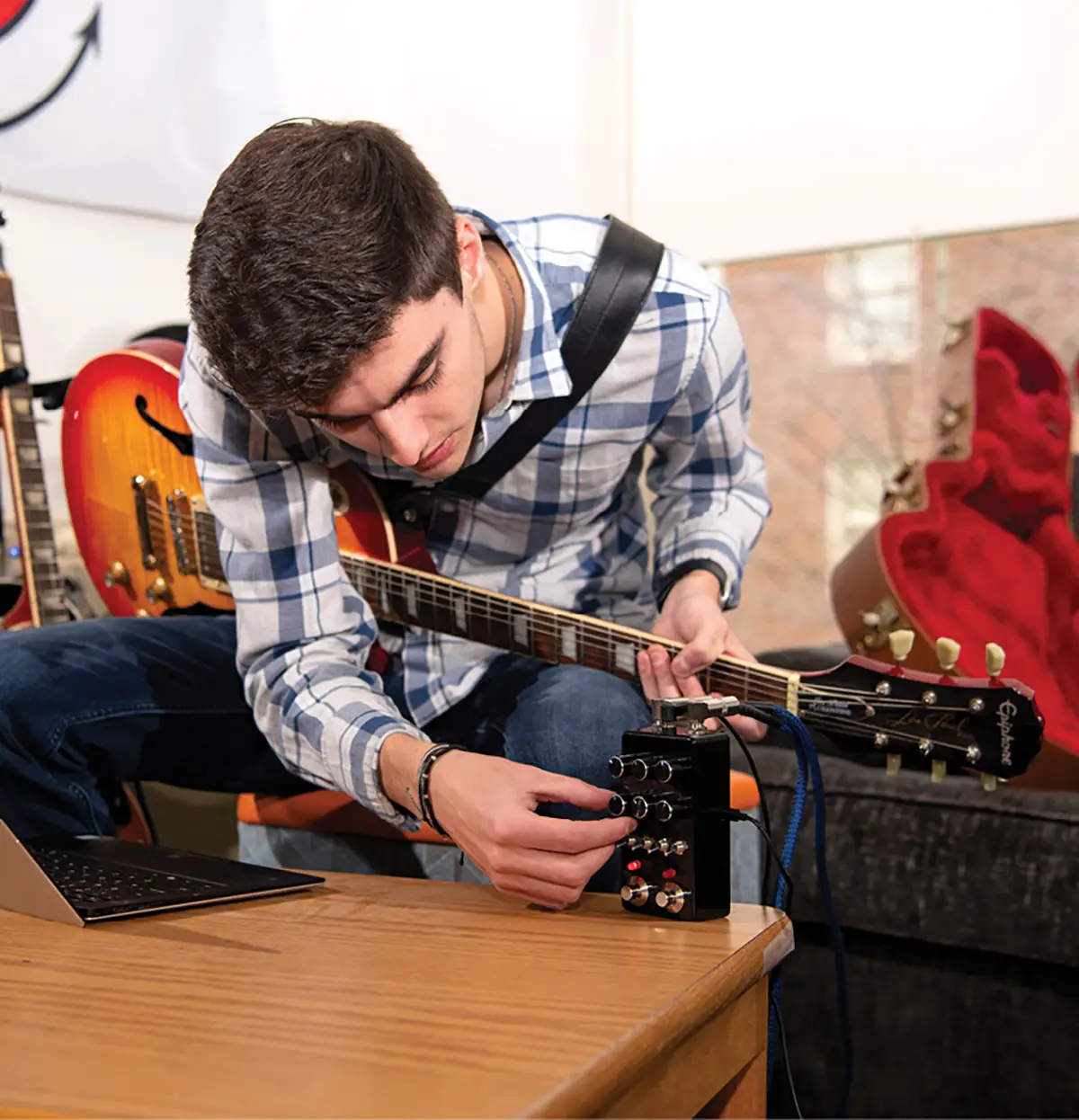
What a nifty idea!
“It’s been my long-standing dream to create my own guitar pedal,” Smith says. “I’ve always been fascinated by the diverse range of sounds and effects that can be achieved through different pedals.” His custom-programmed single pedal replicates the capabilities of an entire pedalboard, allowing the player to combine effects and offering a multitude of options for sound shaping and personalization. The result is a powerful tool for musicians that enables them to craft unique soundscapes and reduces the need for multiple individual pedals.
Thomas Smith ’23
A Century of Excellence
“The 100th anniversary of Hayden’s graduation is significant,” says Erin Jablonski, associate dean of engineering. “Bucknell was progressive, and we are proud of that.”
Thousands of women have followed in Hayden’s footsteps. Trailblazing alumnae conduct cutting-edge research, make life-changing discoveries and have broken barriers in traditionally male-dominated roles at companies like SpaceX, Google and Merck.
Today’s engineering students join a welcoming environment with encouraging mentors and programs that support their success. The engineering faculty takes intentional steps toward parity to broaden the story of who is successful in engineering through a focus of equity in the classroom.
The college’s ongoing collective efforts to advance inclusion and representation will ensure its legacy of excellence for the next 100 years — and beyond.
The associate dean for students & strategic initiatives and professor of civil & environmental engineering (right) was the first woman to graduate with a doctorate from Florida A&M University’s Department of Civil and Environmental Engineering and was the first woman to join the construction engineering faculty at the University of Nebraska-Lincoln. When she arrived at Bucknell in 2018, she says she was grateful to be in the company of so many women faculty members.
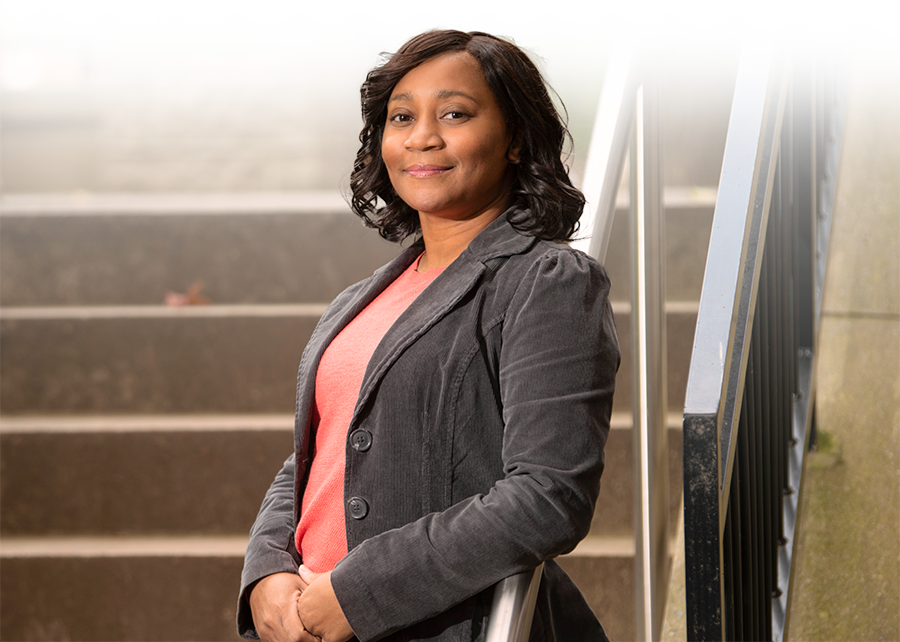
Systems of Support
Jump Start
“The students who participate represent a wide variety of geographical locations, high school environments, intended majors and prior experiences,” says Jablonski. “The program doesn’t do one thing or fill one need. It brings a broad pool of students together to work toward common goals while they build academic and social capital that sets them on a trajectory for success.”
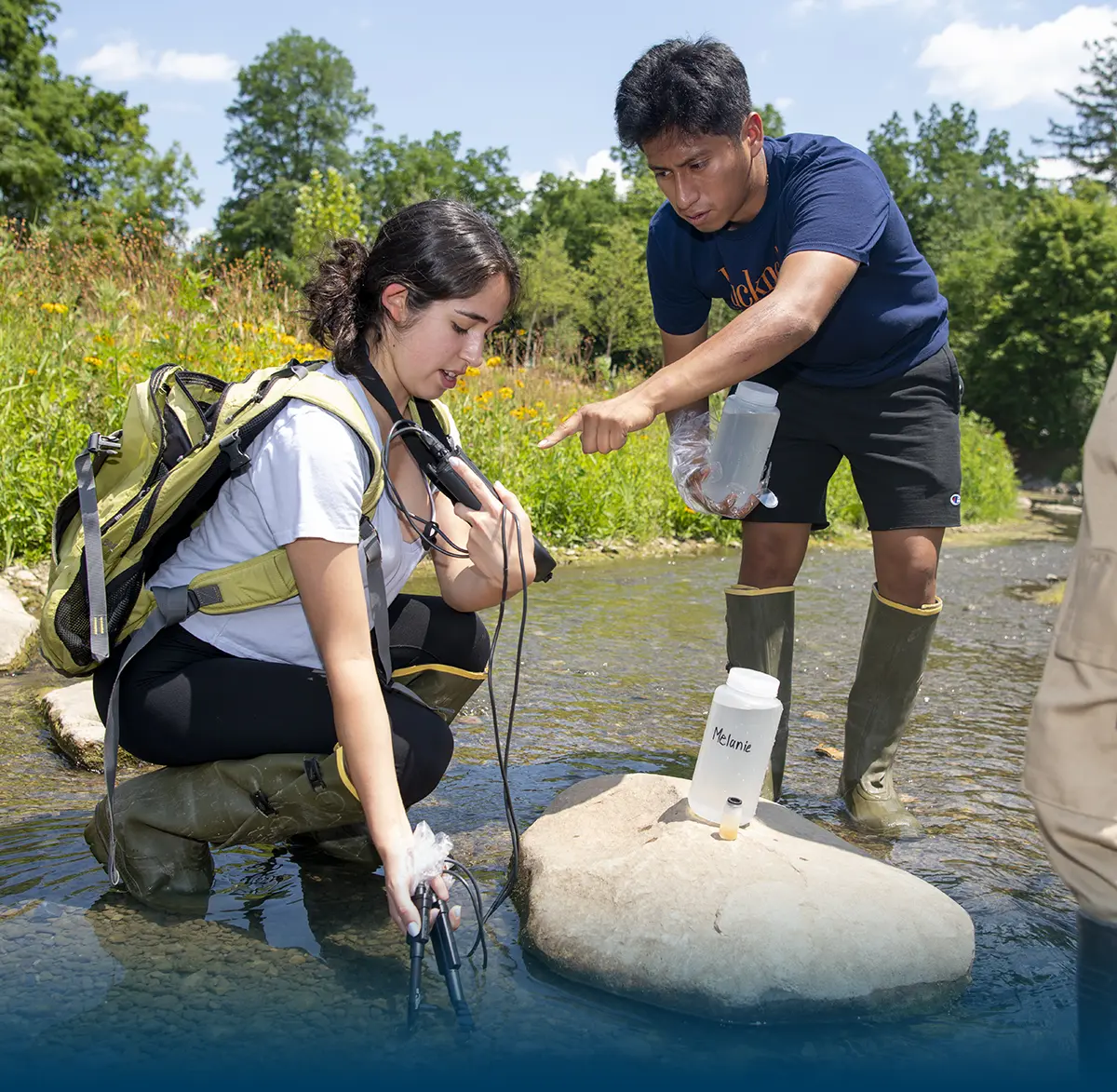
Jonathan Cabrera ’26
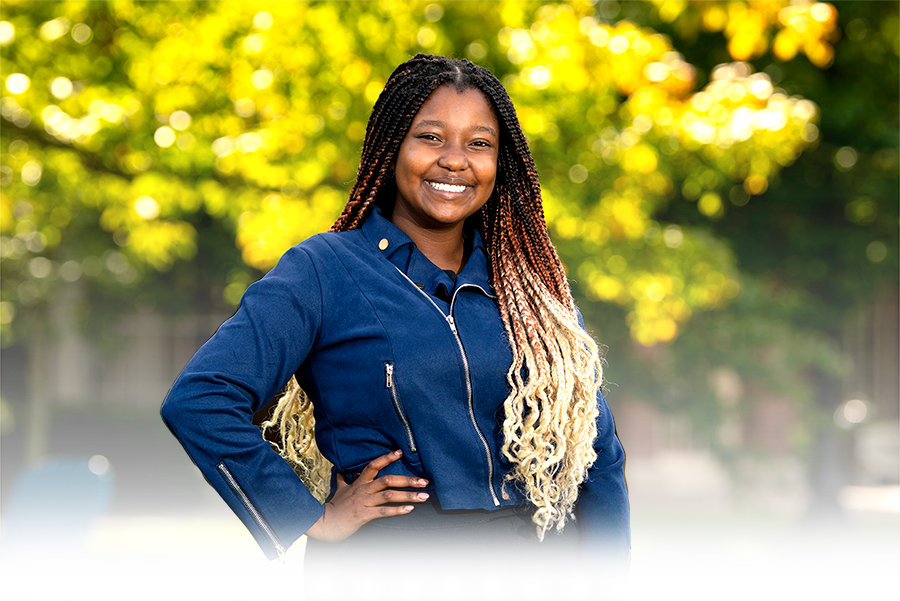
At Home
Despite the distance, Gitonga was welcomed into the campus community. Her physics professor, Sally Koutsoliotas, set up “Zoom buddies” so peers could FaceTime Gitonga and “walk” her to class. The experience encouraged Gitonga’s academic and social engagment. When she arrived in Lewisburg the next semester, everything felt familiar. Since then — in classes, research, clubs and the communtiy — she has continually found a deeper sense of belonging.
Gitonga intends to explore ethical justice in technologies and the incorporation of diversity and inclusion in tech spaces. She eventually hopes to launch her own startup. “When I think of an idea to improve society, I’ll be able to run with it,” she says. “Bucknell gave me that opportunity.”
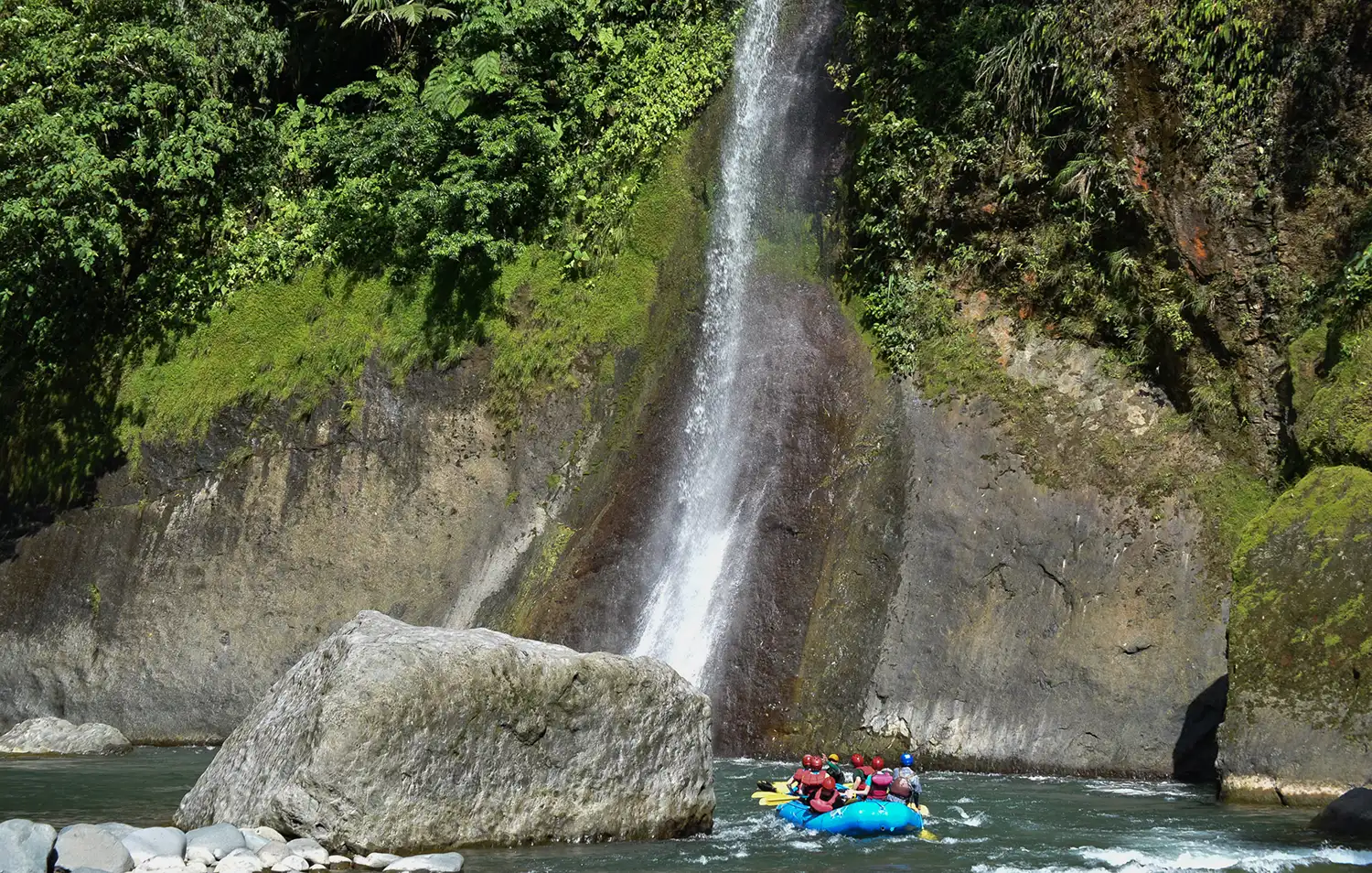
Crossroads: SUSTAINABLE MANAGEMENT & Technology
With Jansson’s expertise in renewable energy, he offers explanation and narrative as students tour the country’s electrical energy facilities and learn about the hydroelectric, volcanic geothermal, solar and wind technologies that power nearly 98% of its energy needs. “We meet with the national electric utility as they institute renewable energy across the entire country, visit the main Ministry of Costa Rica that runs the SDG program for the United Nations, and learn how various entities are infusing economic, social and environmental justice through their missions,” Jansson says. “And then of course we’re engaging with ecotourism as well — students may participate in sustainable agriculture practices or help to protect leatherback turtles on the west coast by studying microplastics on the beach and advocating for change.”
The course includes site visits to active government, non-government and private-sector organizations, universities, energy facilities, and historical, cultural and natural sites where students learn about SDGs across business entities.
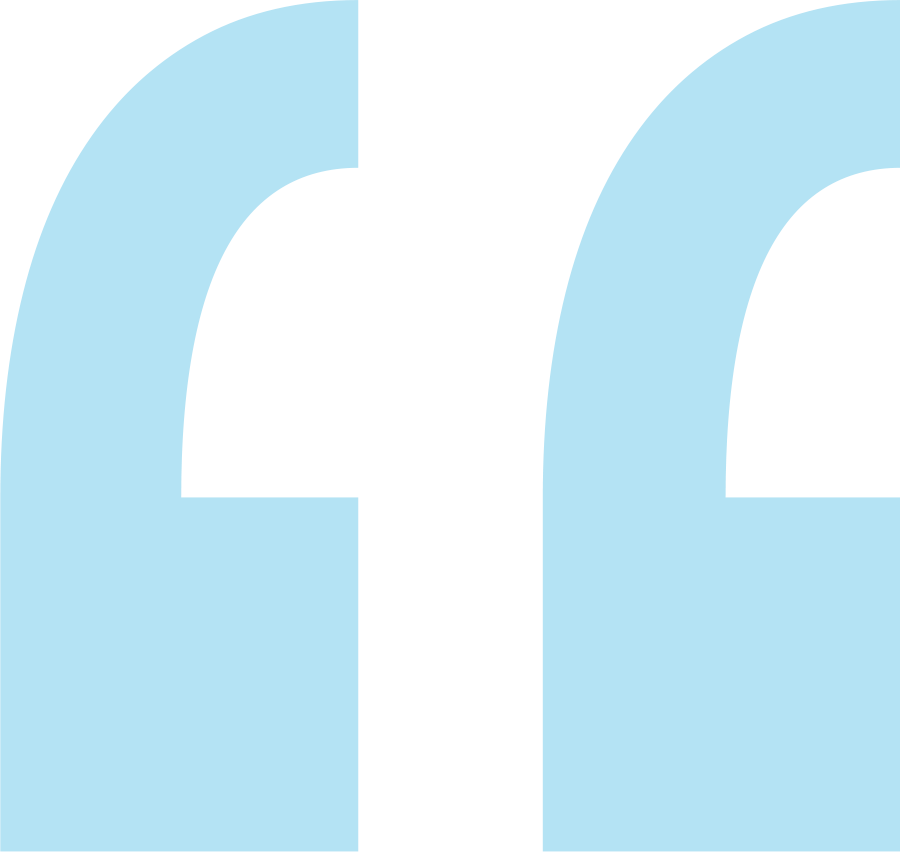
Jack Casturo ’24
Electrical Engineering
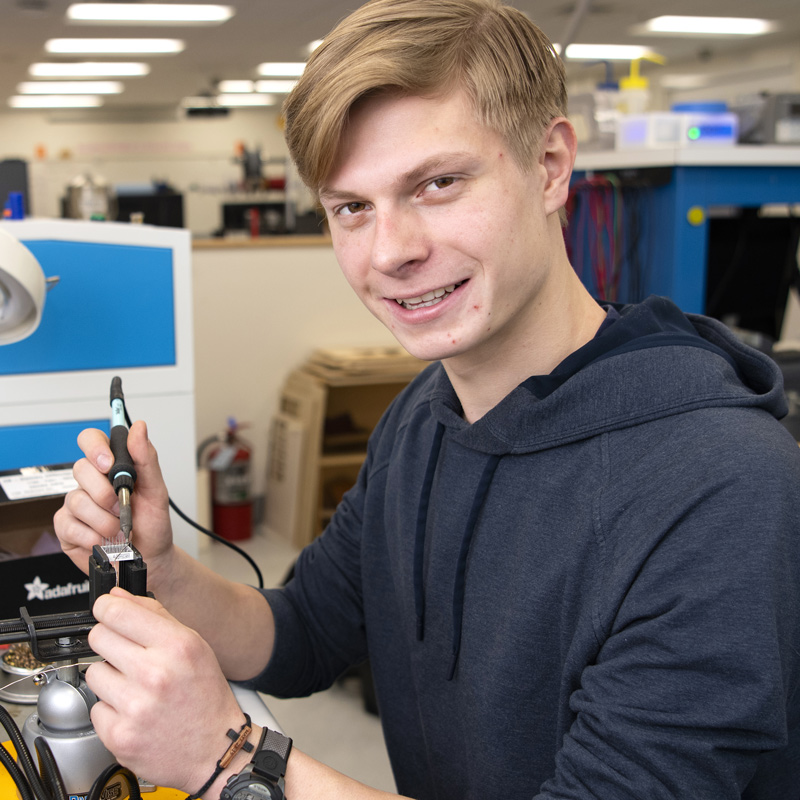
Engineering for Inclusion
One such course taught by Professor Anne Ross, computer science, provided students the opportunity to learn about disability rights and societal and systematic barriers to access. It brought first-person stories to the forefront, highlighting the significant role of disabled people in technical innovation.
Students then applied their learning in a makerspace-style lab where they transformed three children’s toys into accessible versions for children with disabilities. The students witnessed the impact of their work during a community event at the Lewisburg Children’s Museum, where they demonstrated the modification process and gifted the toys — bubble machines, anamatronic penguins and light projectors — to children.
Mechanical Music
Berry wrote software that reads MIDI files and sends commands from a web browser to his instruments. It seems simple, but with 10,000 custom lines of code (and more than 35,000 total lines committed, accounting for revisions), the system is far from elementary. “That’s the coolest part,” he says. “The code drives everything.”
Berry’s latest endeavor is an electronic device that uses his program to play a hammer dulcimer. He hopes to eventually have up to 100 instruments in a fully programmable orchestra controlled by his software. “I can’t play a single instrument,” he says. “But I can make them play themselves — for as long as I want, any song I want to hear. I just have to do a little tweaking.”
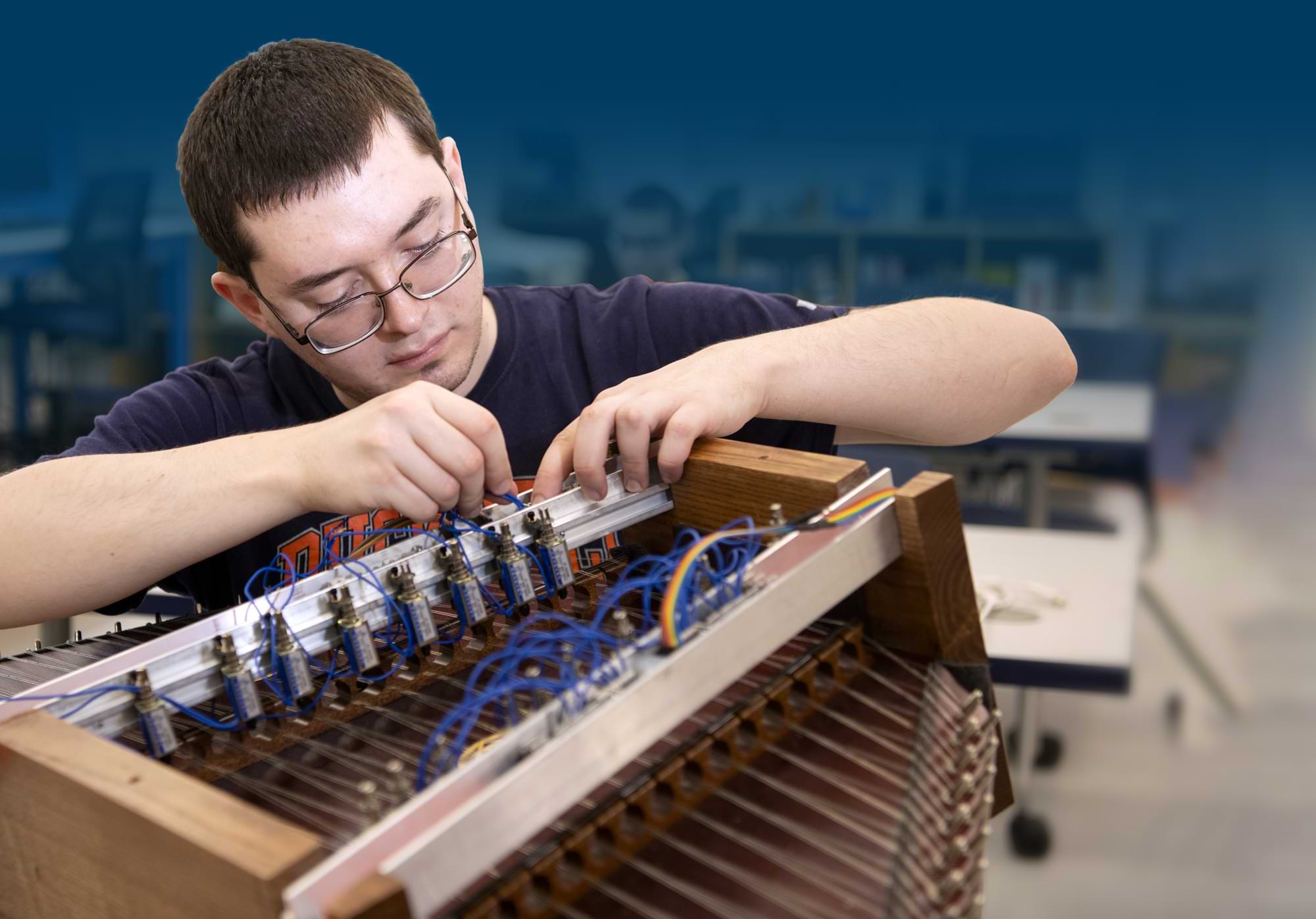

Pet Project
When his veterinarian recommended a prosthetic for support, Doug’s owner, Mary Ann Sigler Stanton ’89, who works in the University’s advancement office, knew where to turn: the College of Engineering. Three students — Grace Adams ’23 (right), biomedical engineering; Will Carcieri ’23 (center), mechanical engineering; and Emma O’Shea ’23 (left), biomedical engineering — were eager to take on the pet project.
The students are members of e-NABLE, an organization that creates free, 3D-printed prosthetics for those who need them. Bucknell’s e-NABLE chapter usually creates human prosthetics — so designing a canine leg presented unique challenges. “We have to make it comfortable so Doug will want to wear it,” Adams says.
Their efforts open the door for future students to make adaptations to keep up with Doug — and potentially aid other pets with similar conditions.

Ingenuity at Work
The program is a win-win: Engineering students apply skills and knowledge they’ve accumulated in Bucknell classrooms while receiving ongoing feedback from industry professionals. Corporate partners tap into a pool of high-performing students with fresh perspectives and access to expert faculty and state-of-the-art resources.
“The hands-on opportunities Bucknell engineers receive by working with our senior design partners is extremely beneficial,” says Brad Putman, the Richard E. Garman Dean of the College of Engineering. “They develop teamwork, communication and leadership skills, while having professional interactions and taking that next step toward success post-Bucknell.”
Each team’s ultimate goal? To deliver a well-conceived prototype that can become an actual product or initiative that ends up in the marketplace. And it happens. Bucknell-engineered designs have resulted in several patents, including a syringe that allows emergency responders to administer a drug to patients in volatile environments like helicopters.
“In class, you are usually solving an idealized textbook problem that is pretty straightforward and generally has a simple solution,” says Maddie Sanders ’23, a mechanical engineering major (above). “With this project, we develop plans we think will work, but then things go wrong. Or we find success once but struggle to replicate it. We need to manage all of that while continuing to move the project forward.”
By the numbers
Selected corporate partners
ExxonMobil
Frito Lay
Geisinger
Johnson & Johnson
JLG Industries
Keurig Dr Pepper
PepsiCo
Procter & Gamble
Student Turned Mentor
Knowing the impact his own senior design project had on his career, he reached out to join the initiative as a sponsor. He worked with a team of Bucknell computer engineers on an artificial intelligence project — a maintenance system that can identify when a robot’s sensor will break down before it happens.
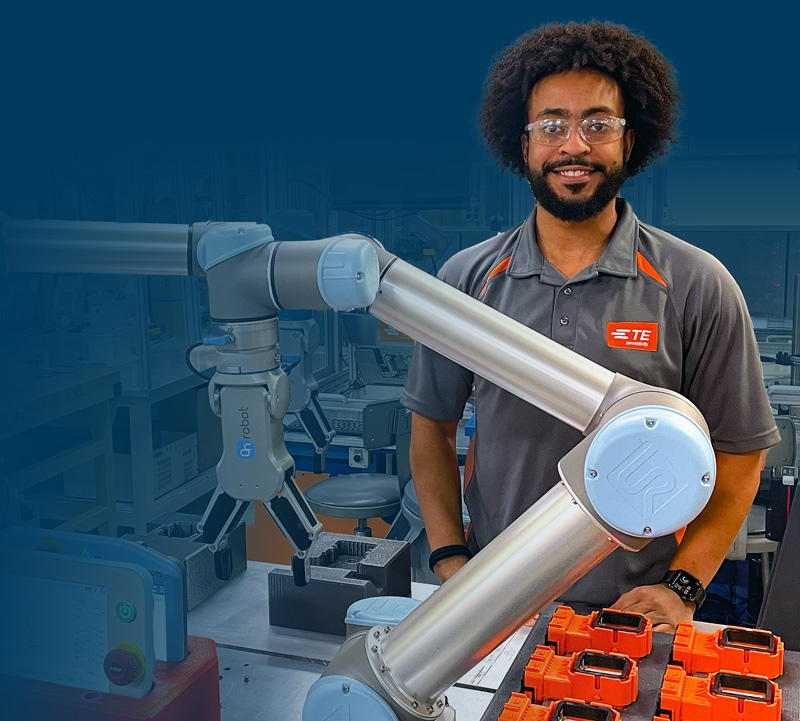
Connecting to Healthcare
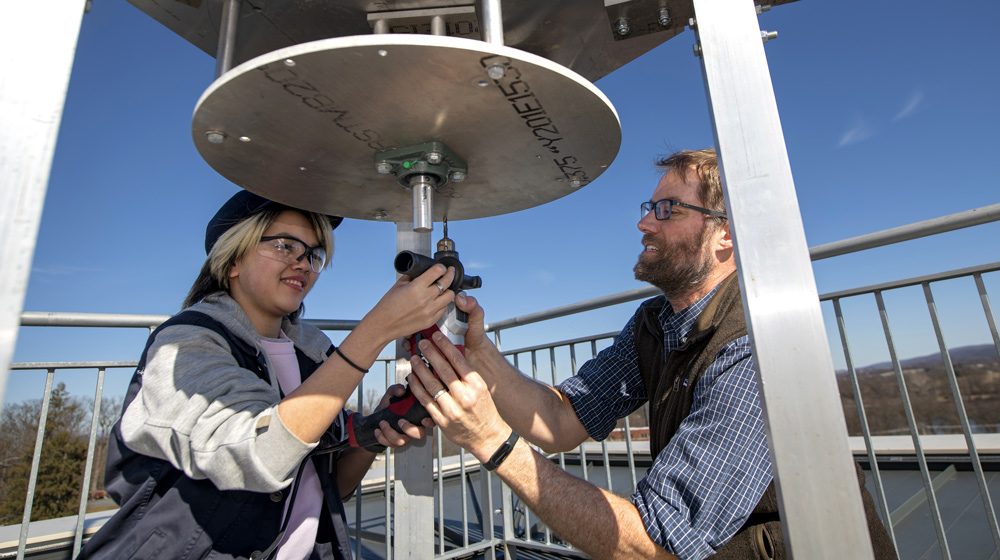
Wind Power
A Banner Year
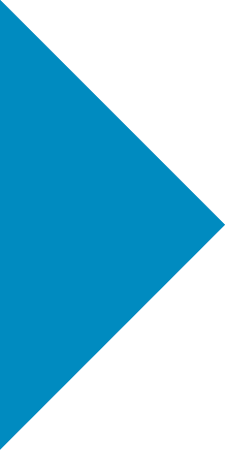

Giving Impact

- Professor Donna Ebenstein, William C. & Gertrude B. Emmitt Memorial Chair in Biomedical Engineering
- Associate Professor Amal Kabalan, T. Jefferson Miers Chair in Electrical Engineering
- Associate Professor Ryan Snyder, Robert L. Rooke Chair in the Historical & Social Context of Engineering
- Associate Professor Deborah Sills, Claire W. Carlson Chair in Environmental Engineering
- Professor Nate Siegel, Heinemann Family Professor in Engineering
- Professor Kat Wakabayashi, Robert L. Rooke Professor in Engineering
- Associate Professor Darakhshan Mir, John P. & Mary Jane Swanson Professor in Engineering & the Sciences
- Assistant Professor Theo Hopper, Emmitt Memorial Professor of Instruction in Biomedical Engineering
A Banner Year


Giving Impact

- Professor Donna Ebenstein, William C. & Gertrude B. Emmitt Memorial Chair in Biomedical Engineering
- Associate Professor Amal Kabalan, T. Jefferson Miers Chair in Electrical Engineering
- Associate Professor Ryan Snyder, Robert L. Rooke Chair in the Historical & Social Context of Engineering
- Associate Professor Deborah Sills, Claire W. Carlson Chair in Environmental Engineering
- Professor Nate Siegel, Heinemann Family Professor in Engineering
- Professor Kat Wakabayashi, Robert L. Rooke Professor in Engineering
- Associate Professor Darakhshan Mir, John P. & Mary Jane Swanson Professor in Engineering & the Sciences
- Assistant Professor Theo Hopper, Emmitt Memorial Professor of Instruction in Biomedical Engineering

Financial Aid
Funds Raised
Fiscal Year 2023
Donors

- Alumni: $917,004
- Corporations, Foundations and Organizations: $89,772
- Parents: $351,481
- Others*: $405,618
*Students, staff and other individuals
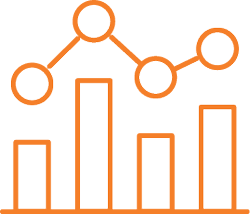
College Stats

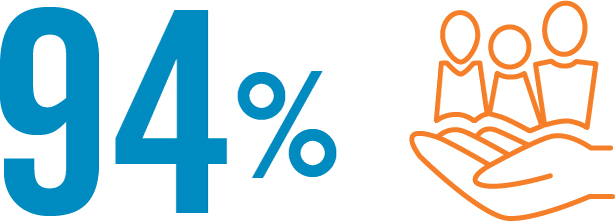
First-year retention rate

Six-year graduation rate
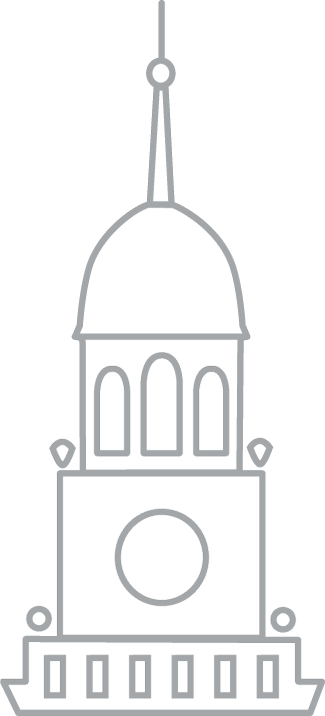

Engineering Fund supported in 2022-23:
- More than $100,000 for faculty and staff professional travel
- Nearly $35,000 for student conference, presentation and professional travel
- Thirty different student trips to 10 states, three countries and Puerto Rico
- $30,000 for biomedical engineering Cell and Tissue Culture Lab equipment
- Wages for Engineering Study Spot tutors
- The Rowland E. Bell ’59 Entrepreneurship & Innovation Fund supported in 2022-23: BizPitch, Engineering Student Board bowling activity, Engineering Super Bowl Party, Engineering Student Picnic, Entrepreneurship & Innovation Affinity House

Class of 2027


32.5% admit rate
19.2% enroll rate



Building on a Strong Foundation
College of Engineering graduates enter the job market with a combination of technical skills and a holistic mindset that helps them create value not only as engineers, but as well-rounded professionals whose perception of the world has been shaped by Bucknell’s interdisciplinary curriculum. Nine months after graduation, the Center for Career Advancement surveyed the Class of 2022 to learn about the success they found in their first year in the field.
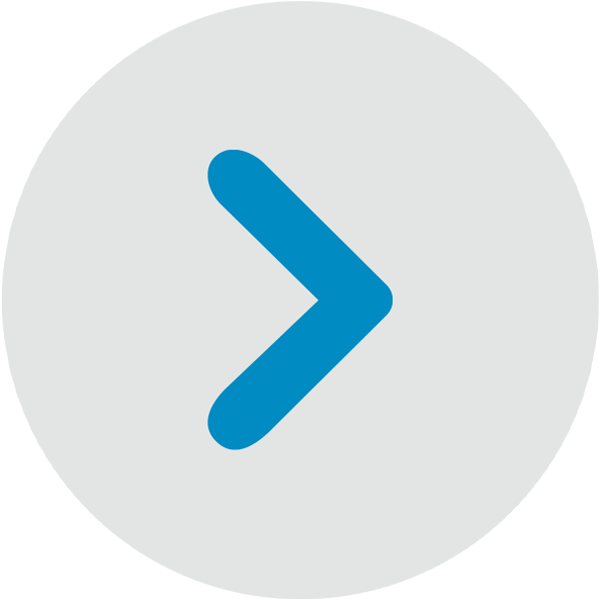
U.S. News & World Report once again found the College of Engineering to be a leader among undergraduate engineering programs.
No. 7
overall
RANK*
No. 3
Civil
Engineering
No. 3
Mechanical
Engineering
No. 4
Electrical
Engineering
No. 5
Computer
Engineering

U.S. News & World Report once again found the College of Engineering to be a leader among undergraduate engineering programs.
No. 7
overall
RANK*
No. 3
Civil
Engineering
No. 3
Mechanical
Engineering
Electrical
Engineering
No. 5
Computer
Engineering
*Among schools not offering doctorate degrees

College of Engineering Class of 2022 Outcomes
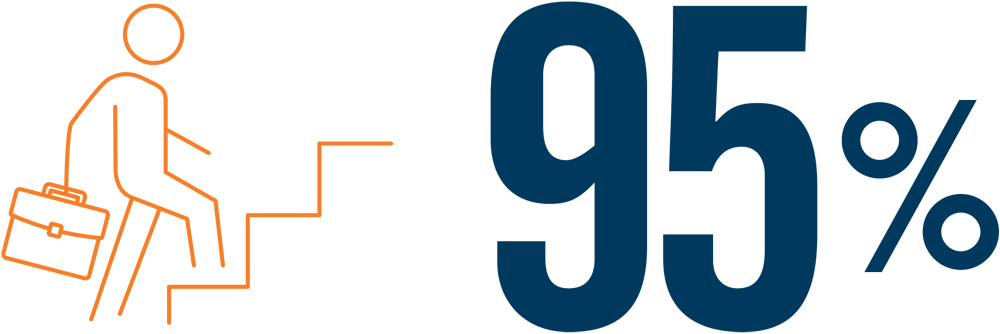
Employed, in graduate school or volunteering

Average Starting Salary


Starting Salary By Major Class of 2022 Graduate Outcomes Survey
$70,158
Biomedical Engineering
$103,591
Mechanical Engineering

Top Employer Industries
Engineering
Computer Science
or Technology
Construction
Consulting
Healthcare

Top Employer Industries
48%
Engineering
Computer Science
or Technology
Construction
Consulting
5%
Healthcare
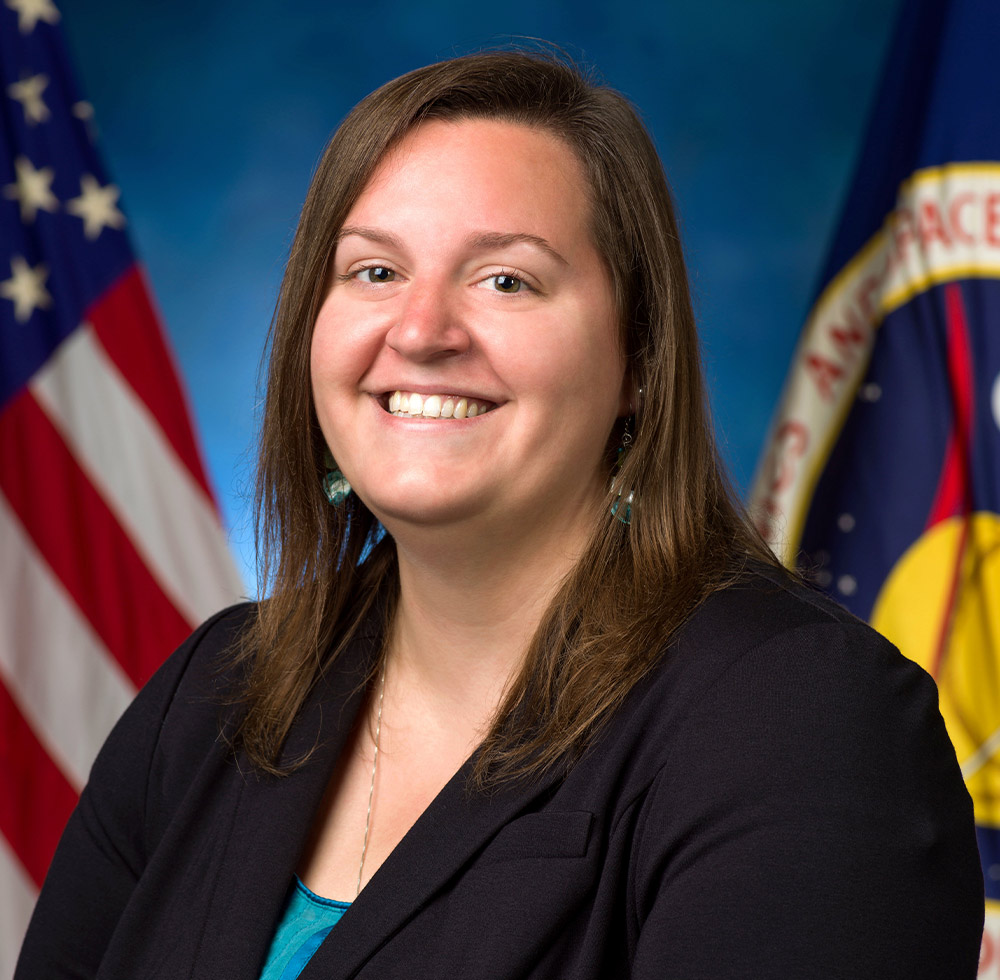
Kelsey Herrmann ’09
Using problem-solving skills she honed at Bucknell, Kelsey Herrmann ’09 helps orchestrate a critical mission for NASA. As a flight director, Herrmann is part of a team of scientists working on the Artemis lunar rover, the Volatiles Investigating Polar Exploration Rover (VIPER). In late 2024, VIPER will embark on a 100-day mission to explore the extreme environment of the South Pole of the moon. The information VIPER will collect will help NASA scientists better understand what resources are available for future human missions.
“We’ll be looking to understand the components of the moon’s water, which is not the water that we experience here on Earth,” she says. “And it will be the first time that we will be remote-control driving on another celestial body. Being part of that is pretty cool.”
Bucknell’s Next Frontier
Bucknell’s College of Engineering is home to innovation, creativity and discovery — and it’s all propelled by the generosity of Bucknellians. Whether supporting out-of-classroom experiences, funding research opportunities, or contributing to the continuation of diversity, equity and inclusion efforts, our alumni, parents and friends of the college make our excellence possible.
We invite you to consider making a gift to our top funding priorities:
- The Engineering Fund
- 100 Years of Women in Engineering Scholarship Fund
- BEAA Transformative Engineering Education Fun
- Engineering Success Alliance Program Endowment
Make your mark on the Bucknell College of Engineering.
